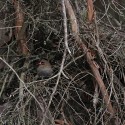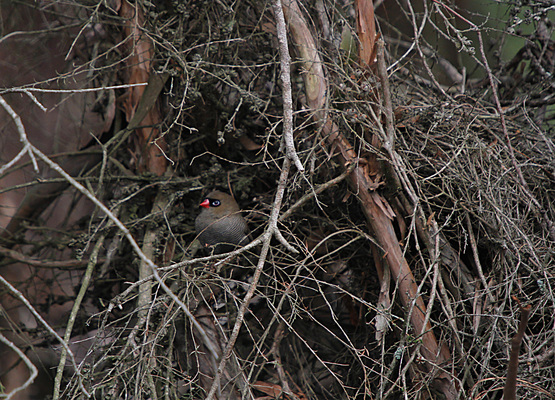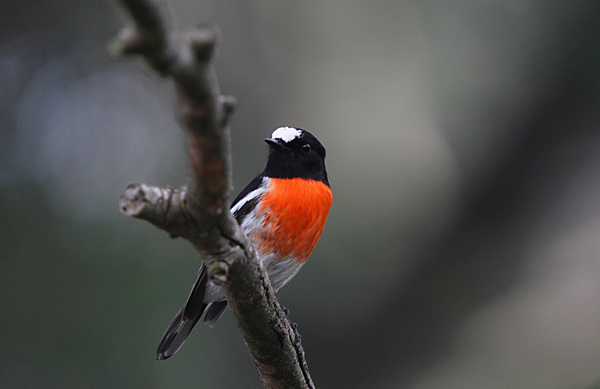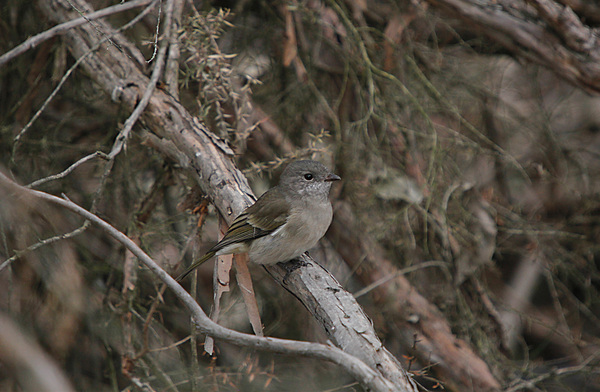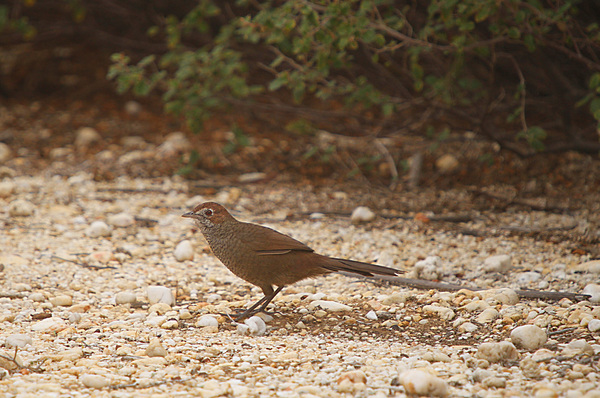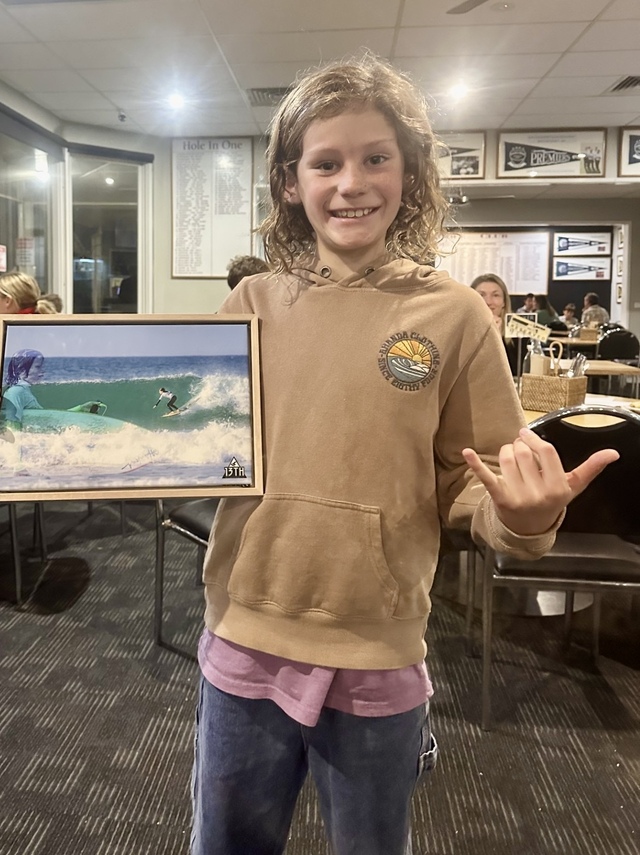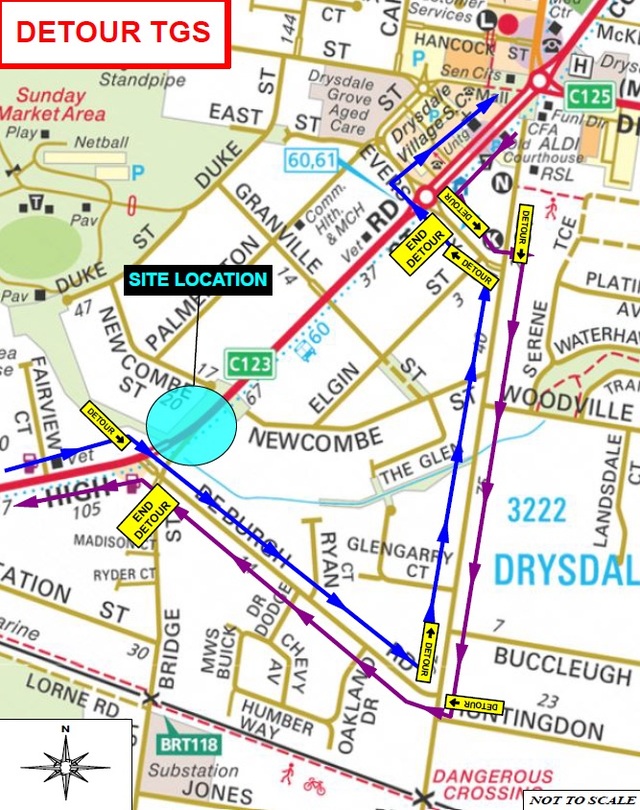Jen Carr, jennifer.carr6@bigpond.com
AT the time of writing this, it hasn’t rained for weeks. I think a rain dance is really required, and I hope it works!
Despite the dry conditions, there has still been a lot of bird activity on the Bellarine and beyond.
The best news was the successful fledging of the two hooded plover chicks reared on the beach in Collendina. I wrote in the last issue of ‘The Voice’ that only one other chick had survived on the Bellarine this breeding season, but I was wrong, as I totally forgot about the two chicks that fledged in Point Lonsdale. There are many volunteers led by Andrea Dennett who have helped look after the hooded plover chicks on the beach, and they did a mighty job. Thanks also to all the dog walkers and beach goers who kept their dogs under control. There are only around 600 hooded plovers left in Victoria, so they need all the help they can get. Well done everyone!
When I’ve had any spare time, I’ve been going to Anglesea Heath to just sit and relax. I’ve also been trying, unsuccessfully, to see the owlet nightjar and powerful owls that have been spotted at Ironbark Basin. I had some great luck at Point Addis last week when a rufous bristlebird ran across the road right in front of my car when I was exiting the car park. I’ve been trying to spot a rufous bristlebird for years. The rufous bristlebird also had some luck as being school holidays the car park was very busy and it made it to the other side of the road safely, unlike most chickens. The rufous bristlebird occurs in coastal areas of western Victoria and south-eastern South Australia, from Torquay to the mouth of the Murray River, although is not found near Port Fairy, where there is dense vegetation to hide in. This bird is heard more often than it is seen, and it gives a loud, distinctive call. The rufous bristlebird is a medium-sized, ground-dwelling bird with short rounded wings and a long tail. The top of the head and the ear coverts are a rufous colour. The neck and back are dark brown and the rump is reddish brown. The throat is whitish and the breast is grey-brown. These birds used to be found in Western Australia, but are now extinct there, and they are classed as ‘near threatened’ in Victoria due to habitat destruction. It was lovely to see a rufous bristlebird, and I hope that there are many more hiding in the bushes at Point Addis.
I had two other exciting sightings at Anglesea Heath last week. I have a little secret spot where I can sit in my car and watch the bird activity in a little pond. While sitting in my car I saw a male golden whistler, three scarlett robins, a male rufous whistler, many brown-headed honeyeaters, white-eared honeyeaters, eastern spinebills, eastern yellow robins and spotted pardalotes. Last week, I also saw one beautiful firetail and an olive whistler, both of which I had never seen before.
When I saw the beautiful firetail, I initially saw the red rump and was reminded of the red-eared firetail I saw in Margaret River last year, so I thought I was seeing things. The beautiful firetail is a small plump bird with white and dark-lined chest. The head has a black mask with pale blue rings around the eyes and a thick red beak. Its rump is a deep red, its legs and feet are creamy pink. The male has a black abdomen. The beautiful firetail is found in Southeastern Australia from Newcastle to Kangaroo Island however, the bird is most commonly seen in Tasmania and off-shore islands. It lives in coastal heathland forests and shrubbery, never far from water.
The olive whistler is around 18-20cm long, with olive brown plumage with a streaked white throat. The male has a dark grey head, pale grey breast and red-tinged buff belly and rump. The female lacks the red tinge, and has brown underparts. The legs, bill and eyes of both sexes are a brown-black.
The olive whistler is found in far south east Queensland south through New South Wales and into Victoria and south eastern South Australia, Flinders and King Islands and Tasmania. The habitat is mainly wet forests.
A small flock of endangered swift parrots has been seen at Pete and Chris’ pond in their block at Woodlands, which is exciting. Swift parrots have a regular annual migration pattern. All birds remain in Tasmania for breeding from September to March. Then in April, most move to the mainland for the winter, to Victoria and New South Wales. They are probably nomadic in winter, looking for flowering trees. They do like the yellow gums of Ocean Grove and Pete and Chris’ pond.
I also received a lovely email from Lynne who saw a mistletoe bird in the Ocean Grove Nature Reserve. I’ve never seen a mistletoe bird there, so it was a great observation, and thanks so much Lynne for sharing. I’ve been looking for a mistletoe bird there since I received Lynne’s email, to no avail.
There have been quite a few dead penguins seen on the main beach in Ocean Grove, unfortunately. The nearest penguin colonies are in Port Phillip Bay (St Kilda) and Phillip Island. Unfortunately, sometimes penguins drift a long way from their colony and get exhausted from the long journey and drown. Poor little fairy penguins.
Hope it rains soon.

